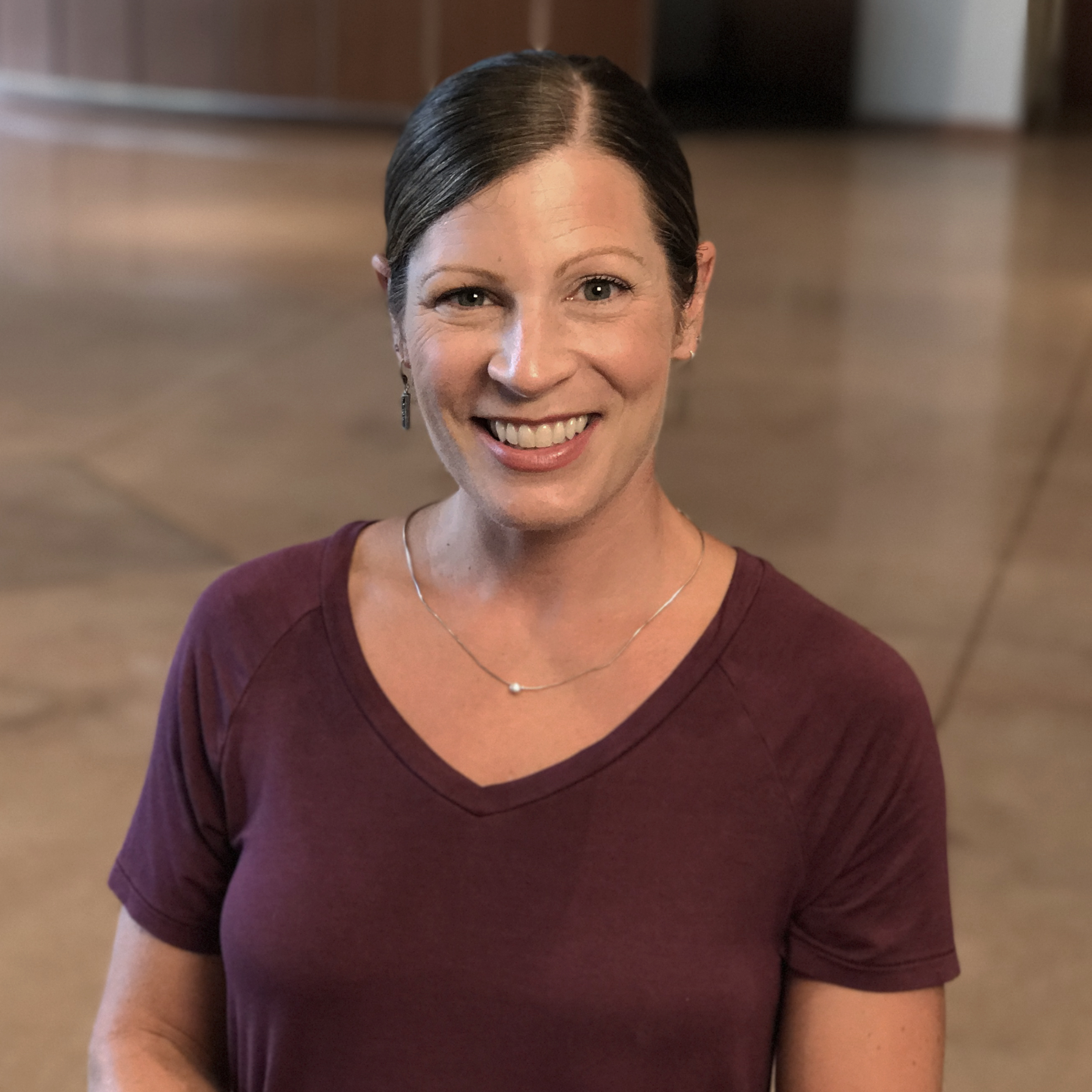The Importance of Daily Bible Time
January 30, 2018
Reading the Bible was a habit I grew up with. I was raised by Christian parents who attended church pretty much every time the doors were open and exhibited a consistent example of reading their Bibles every single morning. I went to a Christian school that also reinforced the importance of having a daily Bible time, so it was natural that I incorporated that spiritual discipline into my life as well. When my two children were young, I continued to regularly read the Bible and attend church services. My husband and I even had a nightly devotional time with them. After a few years, however, I had a crisis of faith, fell away from my relationship with Jesus, and had nothing to do with the church, God, or reading the Bible. A decade slipped by, and many trying times enveloped my life, ultimately leading me back to a deep need to reconnect with Christ and my former faith. Once again, I knew I needed to get back into a daily connection with God, and part of that undoubtedly needed to include reading my bible.
Over the last three years, I have made significant strides in expanding my daily Bible time because I know that, in order to increase my faith, I need to hear directly from God…what He wants me to do, how He desires me to change, and where He wants to lead me. A great way to figure all this out is by reading His words directly. It says in Romans 10:17, “So faith comes from hearing, and hearing through the word of Christ.” Time seems scarce for most people, so it can seem daunting to dedicate some of what we have to this habit of reading Christ’s words, however important we think they are. As I reflect on how I try to cultivate this habit, I realize that four key components really seem to help.
1. I created a plan.
Many times, I’ve heard the old adage that, “If you fail to plan, you plan to fail.” This is true in so many areas of life: education, career, relationships, and it’s also certainly true of developing a consistent habit. Especially if you are first starting out, you have to have a plan in place. It doesn’t need to be intricate and complicated, but it does need to be clear. When I was younger, my mother suggested that I could begin my daily Bible time by reading through the Proverbs in a month. There are thirty-one chapters in total, so reading one chapter a day was a clear plan for me to begin my journey again.
2. I developed a routine.
Ask anyone in my family, and they’ll confirm that I love my routines! So, in order to be successful at implementing a daily Bible time, I scrutinized my existing daily routine and found where and when it would be most effective to carry out my plan. For me, mornings work best. I have a pretty big chunk of time set aside after I exercise but before I begin getting ready for the day, so it seemed like an ideal time to sit down at my kitchen table, open up my Bible, and spend some quality time reading.
3. I made manageable, measurable goals.
I knew it wasn’t realistic to jump back in with a plan to read through an entire book of the Bible in one day, and I was cautious about creating intentions that were too lofty for me to attain. Have you ever heard that the best way to eat an elephant is one bite at a time? I thought of it like that. I wanted to eventually read through the entire Bible again, but I knew it would take time, so I started slowly. A shorter passage a day can eventually turn into reading several chapters at once.
4. I utilized technology to help me.
Downloading an app seemed like a relatively easy way to always have the Bible at my fingertips, and so many plans are out there to guide you in your journey.
James 4:8 says, “Draw near to God and He will draw near to you.” It doesn’t seem logical that I can draw near to God if I don’t plan to spend routine time with Him every day. If I want to hear Him speak to me and know what it is that I should do, I have to give Him an opportunity to talk to me, and reading His words is one of the best ways to accomplish that.
 Jessica is the administrative assistant to Kathy and Keith in various areas including Vineyard FIT, Vineyard Groups, Missions, and Outreach. Sending emails, editing handouts, and compiling data are some of the things she can be found doing most often.
Jessica is the administrative assistant to Kathy and Keith in various areas including Vineyard FIT, Vineyard Groups, Missions, and Outreach. Sending emails, editing handouts, and compiling data are some of the things she can be found doing most often.
